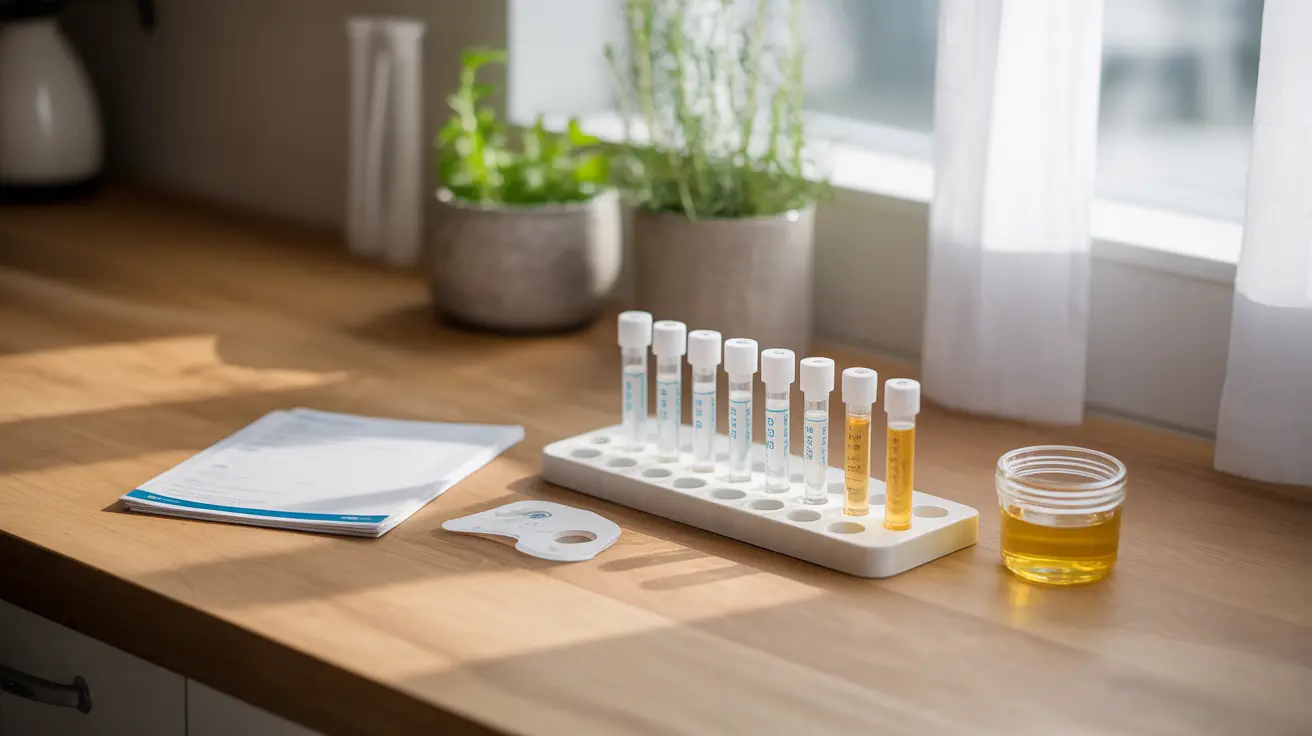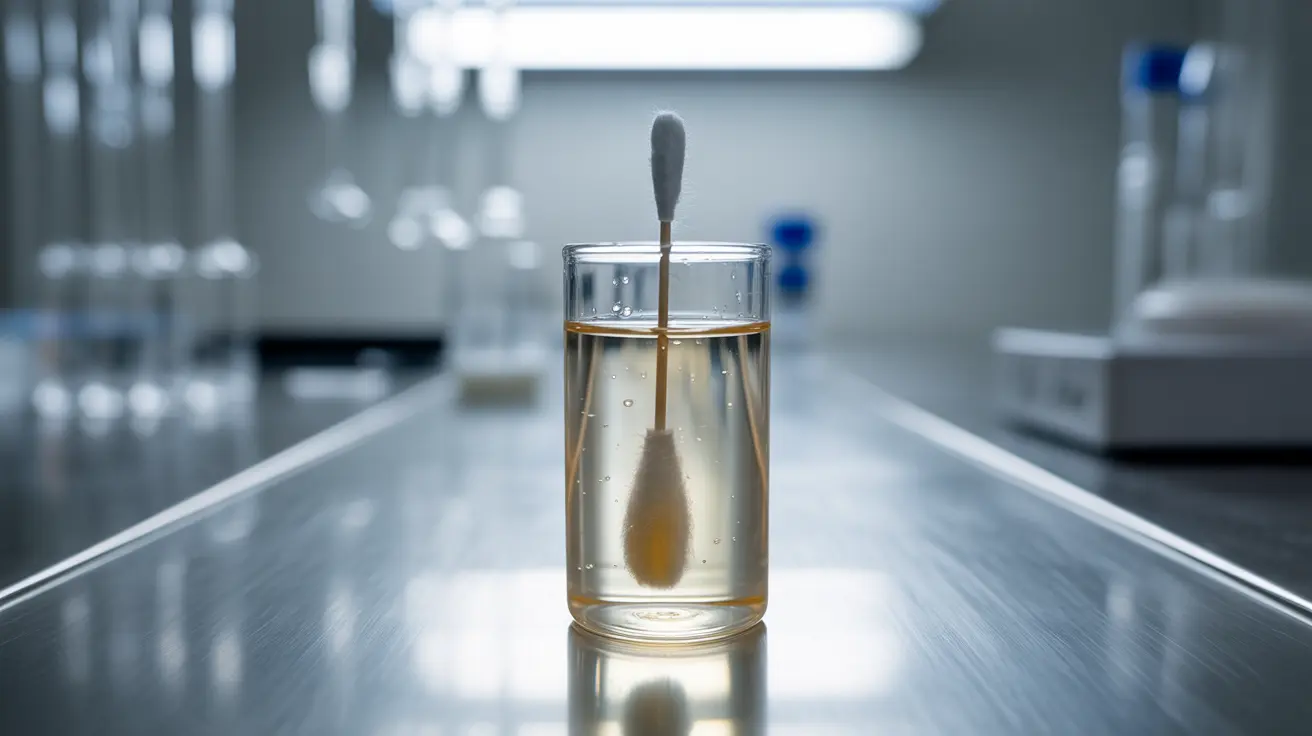Skin rashes are common conditions that can affect people of all ages and skin types. These irritating skin changes can range from mild and temporary to severe and chronic, presenting unique challenges in identification and treatment. Understanding the various types of rashes, their causes, and appropriate treatment options is crucial for effective management.
Whether you're dealing with a sudden outbreak or a persistent skin condition, this comprehensive guide will help you navigate the complex world of skin rashes, from identification to treatment options.
Common Types and Causes of Skin Rashes
Skin rashes can develop from various triggers, each presenting with distinct characteristics:
Contact Dermatitis
This common type of rash occurs when skin comes into direct contact with irritants or allergens. Common triggers include:
- Soap and detergents
- Cosmetics
- Jewelry containing nickel
- Poison ivy or oak
- Industrial chemicals
Infectious Rashes
Several infections can cause characteristic rash patterns:
- Bacterial infections (impetigo, cellulitis)
- Viral infections (chickenpox, measles)
- Fungal infections (ringworm, athlete's foot)
- Parasitic infections (scabies)
Autoimmune-Related Rashes
Some rashes develop due to underlying autoimmune conditions:
- Psoriasis
- Lupus
- Eczema (atopic dermatitis)
- Rosacea
Identifying Serious Rash Symptoms
While many rashes are harmless, certain symptoms warrant immediate medical attention:
- Sudden spreading of the rash
- Fever accompanying the rash
- Blistering or open sores
- Severe pain or burning
- Difficulty breathing
- Facial or throat swelling
Treatment Approaches and Management
Over-the-Counter Solutions
Many mild rashes respond well to readily available treatments:
- Hydrocortisone cream
- Calamine lotion
- Antihistamines
- Moisturizing creams
- Oatmeal baths
Professional Medical Treatments
Severe or persistent rashes may require prescribed treatments:
- Prescription-strength corticosteroids
- Immunomodulators
- Targeted antibiotics or antifungals
- Phototherapy
- Biological medications
Prevention Strategies
Preventing rash outbreaks often involves:
- Identifying and avoiding triggers
- Maintaining good skin hygiene
- Using gentle, fragrance-free products
- Keeping skin moisturized
- Wearing protective clothing when necessary
Frequently Asked Questions
What are the most common causes of skin rashes and how can I identify them?
The most common causes include allergic reactions, infections, and autoimmune conditions. Identification typically involves observing the rash's appearance, location, and accompanying symptoms. Contact dermatitis often appears red and itchy, while fungal infections may present as circular patterns with defined edges.
How can I tell if a rash needs immediate medical attention?
Seek immediate medical care if the rash is accompanied by fever, severe pain, rapid spreading, difficulty breathing, or facial swelling. Also, if the rash develops blisters or open sores, or if it affects a large portion of your body, consult a healthcare provider promptly.
What are the effective home treatments and over-the-counter remedies for rashes?
Effective home treatments include cool compresses, oatmeal baths, and gentle moisturizers. Over-the-counter options include 1% hydrocortisone cream, oral antihistamines, and calamine lotion. Keep the affected area clean and avoid scratching to prevent infection.
How does rash appearance differ based on skin tone and why is this important for diagnosis?
Rashes can appear differently on various skin tones. While they may look red on lighter skin, they might appear purple, brown, or gray on darker skin tones. This variation is crucial for accurate diagnosis and proper treatment selection, as misidentification can lead to delayed or incorrect treatment.
What treatments are available for persistent or severe rashes like eczema or contact dermatitis?
Persistent or severe rashes often require prescription treatments such as topical or oral corticosteroids, immunomodulators, or biological medications. Treatment plans may also include lifestyle modifications, trigger avoidance, and regular moisturizing routines. Some cases might benefit from phototherapy or specialized skin care regimens.




